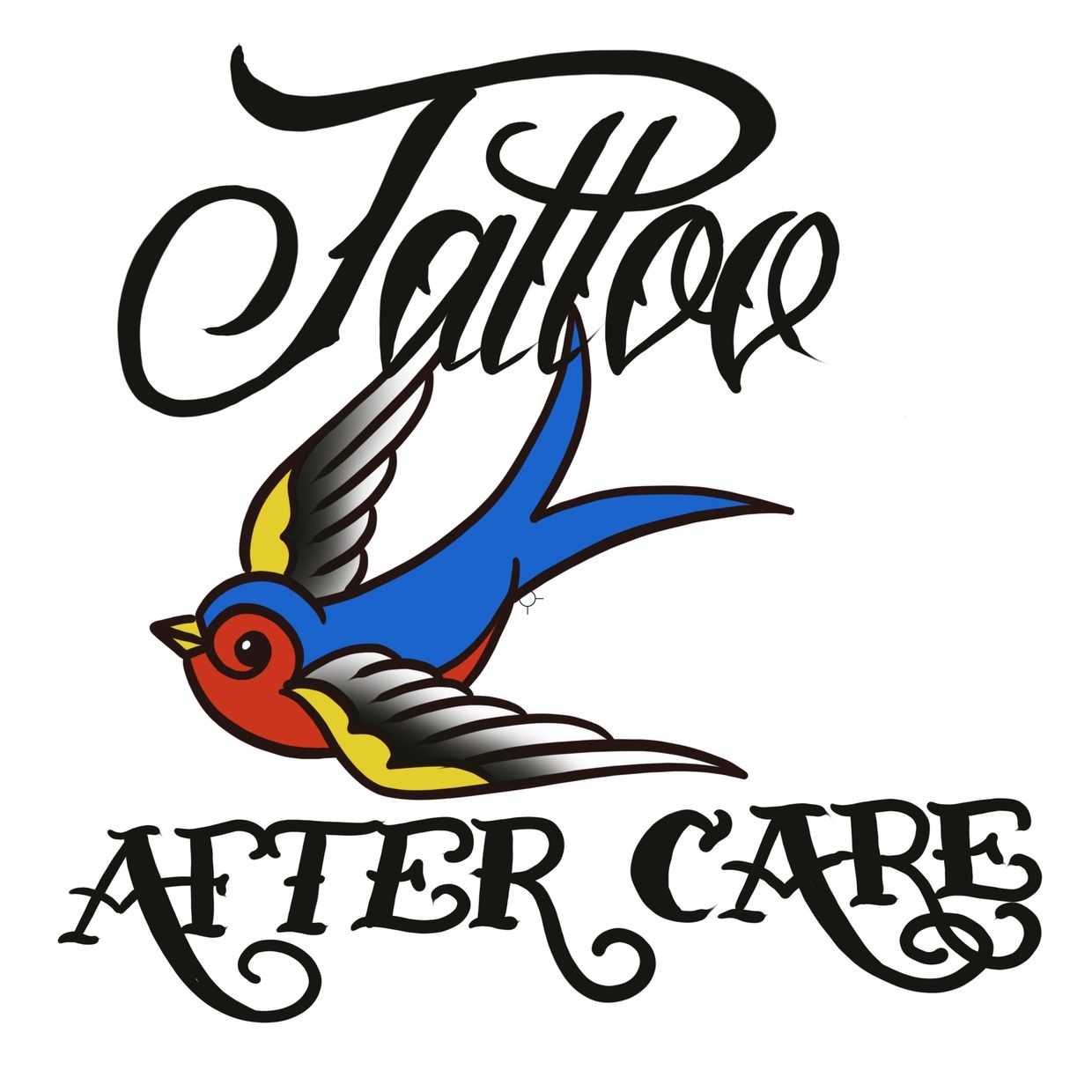
Tattoo Aftercare
- We suggest that you do not drive for at least 15 to 20 minutes after being tattooed.
- In 2 hours wash your hands with soap and remove bandage. Wash the tattoo with soap 3 times in a row to remove excess blood and dried matter from the area. Pat dry (do not rub) with a paper towel. Apply a small amount of Tattoo Goo or hand lotion (Lubridrem, Keri) and rub in thoroughly.
- Repeat 2 to 5 times a day when your tattoo is tight or itchy for the next two weeks or completely healed (it will no longer be shiny).
- In 3 to 5 days you will get a light dead skin pealing, similar to a sunburn peal. This may have some color in it and is normal.
- Your new tattoo may leave an imprint on your sheets or clothing for 2 to 3 days. We suggest wearing something dark or old and cotton to cover it.
- No pools, spas, ocean or soaking of any kind for 5 days. A normal shower is fine.
- If your tattoo is below the knee you may have swelling, especially on the foot. This is NORMAL. We suggest ice, ibuprofen and elevating the limb to help reduce any swelling.
- If you have animals at home please keep them (and their dander) away from the tattoo by wearing a piece of clothing over your tattoo.
- Tattoo pigments can be photo reactive. When exposed to the sun or other uv rays the tattoo can react by swelling, sometimes permanently.
- If you have any questions concerning your tattoo please feel free to contact us.
Hours
Tuesday, Friday and Saturday Noon to 4pm and by appointment OTHER DAYS
Copyright © 2021 Big Island Tattoo - All Rights Reserved
This website uses cookies.
We use cookies to analyze website traffic and optimize your website experience. By accepting our use of cookies, your data will be aggregated with all other user data.